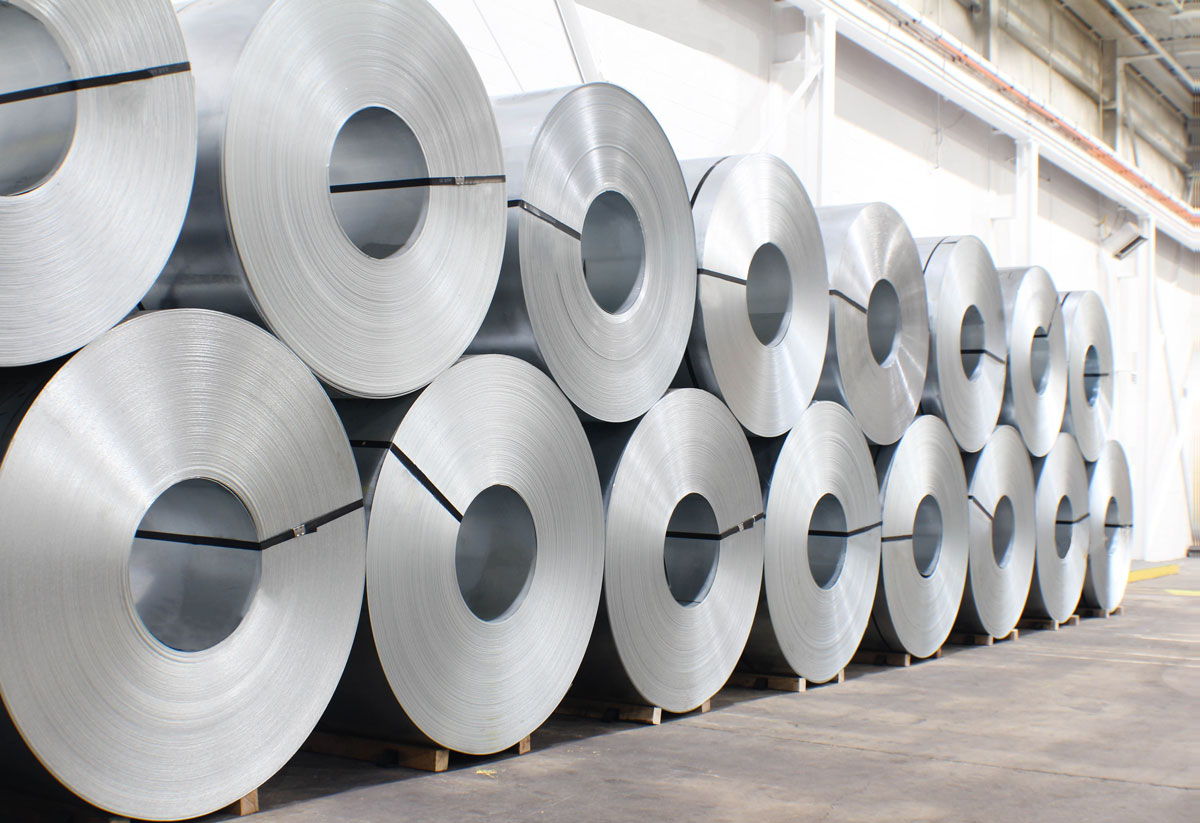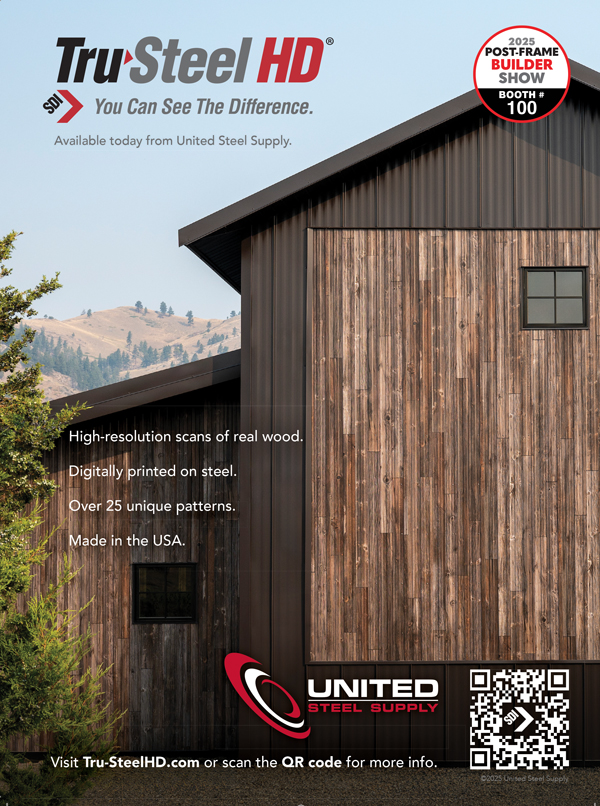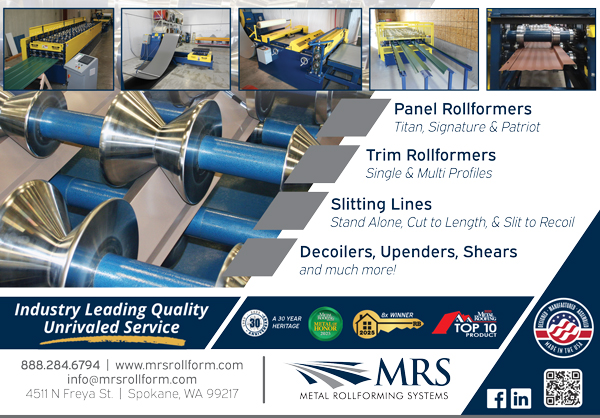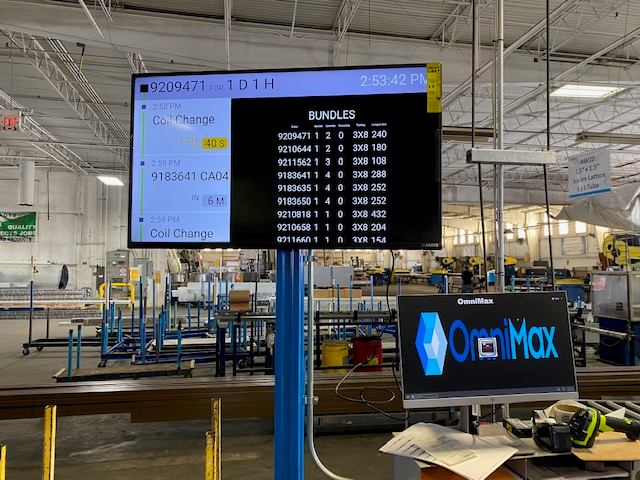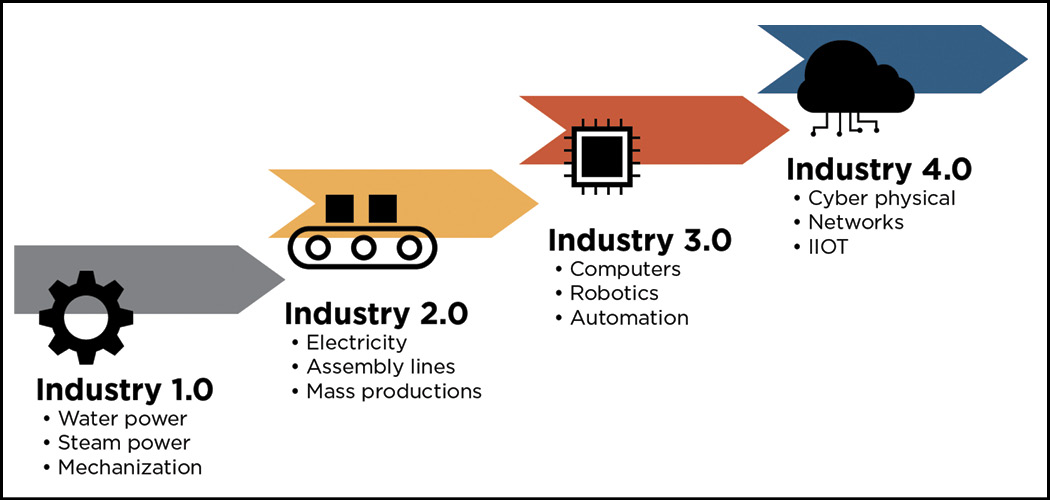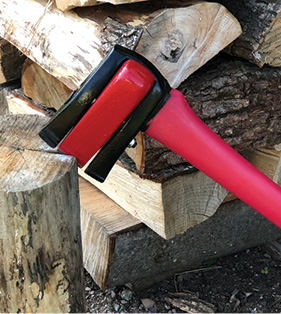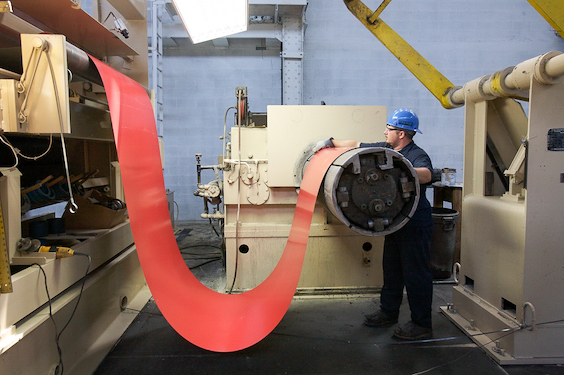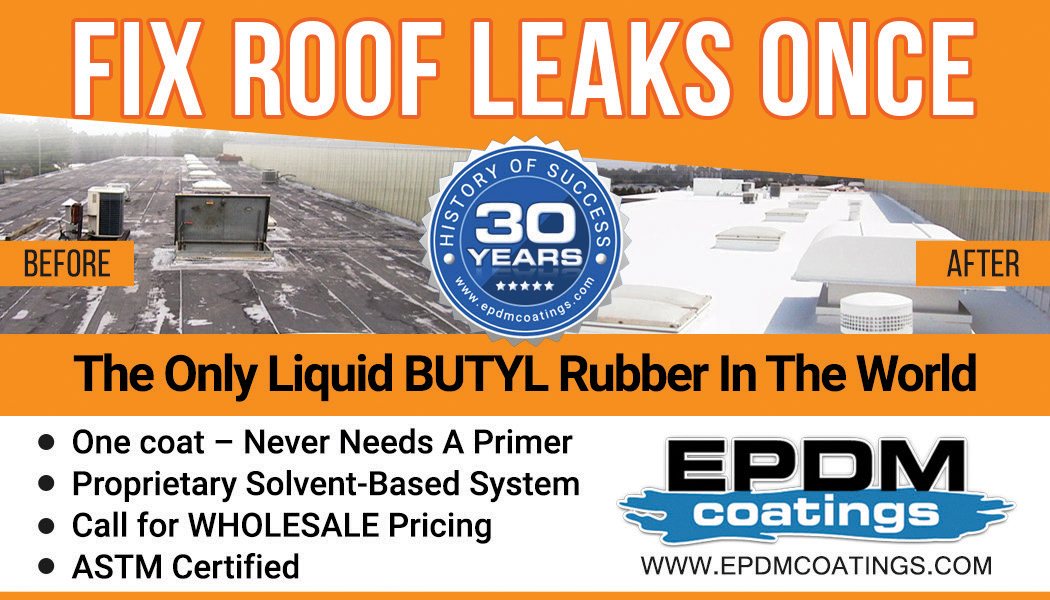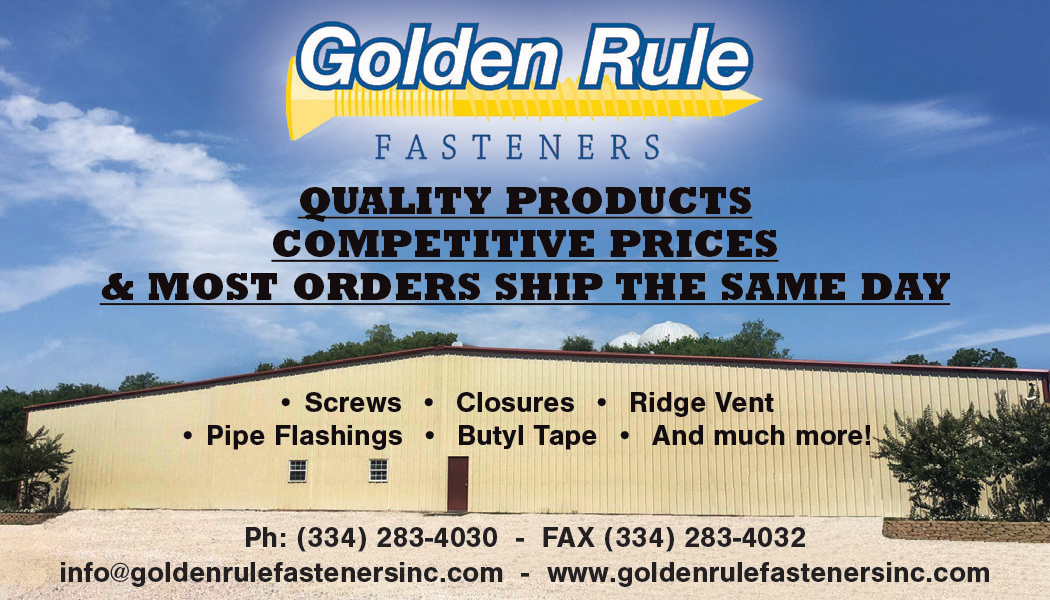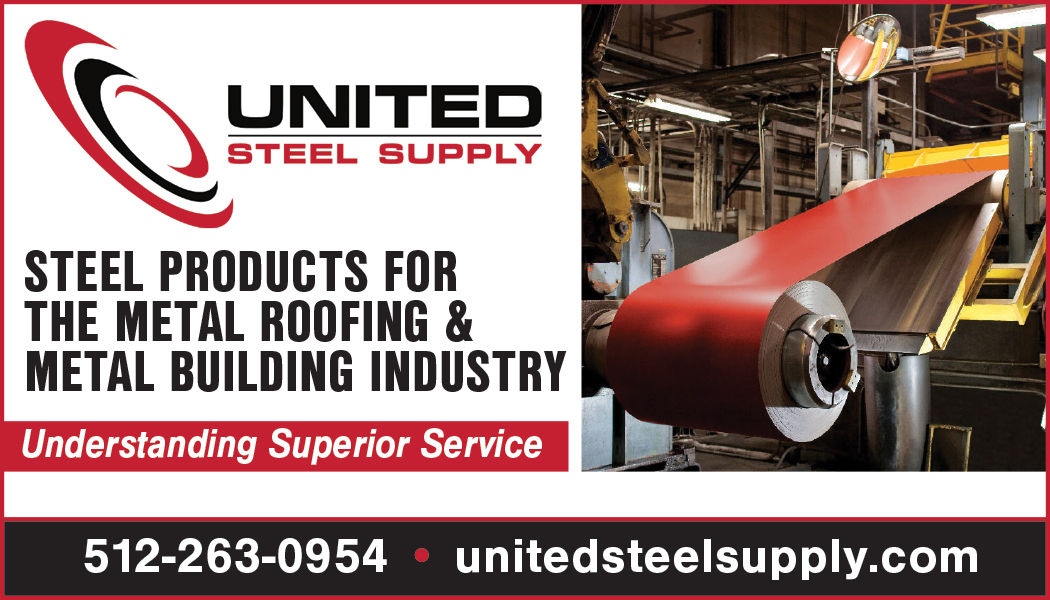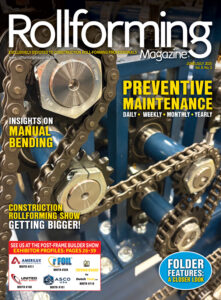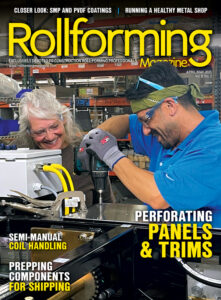As its name would imply, low carbon steel, also known as mild steel, is a type of steel that contains a relatively low amount of carbon. It is an alloy of iron and carbon, where the carbon content typically ranges from 0.05% to 2.0%. In the case of low carbon steel, the carbon content usually ranges from 0.04-0.29%.
The low carbon content makes this type of steel more ductile, malleable, and easy to weld, which are desirable attributes for a material used in construction. It’s used for various structural applications — in the fabrication of beams, columns, structural panels, and other components — due to its strength, versatility, and cost-effectiveness.
The amount of carbon in steel can significantly impact how the material behaves during the roll-forming process. The malleability of low-carbon steel makes it an ideal material to make into steel coil and for roll-forming trims and panels.
Steel with lower carbon content is generally more ductile and has better formability than steel with higher carbon content. This means that it can be easily shaped and bent without cracking or breaking during the roll-forming process. Low-carbon steel is often preferred for roll forming applications where complex shapes and tight bending radii are required.
Low-carbon steel often exhibits good toughness and resistance to fracture, which makes it suitable for roll forming applications where flexibility and resistance to deformation are important.
Higher carbon content contributes to increased hardness and strength in high-carbon steel. However, this can come at the expense of toughness. High-carbon steels may be more brittle, and their use in roll forming applications may be limited to situations where high strength is a primary requirement and where careful handling is possible to avoid excessive stress.
Low-carbon steel tends to have less springback, meaning it retains its formed shape more effectively after the roll forming process. Controlling springback is important in order to achieve precise dimensions and consistent profiles.
Carbon & Steel Production
There are growing concerns about the sustainability of steel production. Environmental impact assessments take into account the entire life cycle of a product, including its production. To address environmental concerns and meet sustainability goals, the steel industry is actively working to lower the carbon intensity of steel. Steel with reduced carbon content is considered more environmentally friendly, as it helps minimize the depletion of natural resources and reduces pollution.
The production of steel using blast furnaces creates significant carbon dioxide emissions. By reducing the carbon content in steel, the industry can lower its overall carbon footprint, contributing to global efforts to mitigate climate change and reduce greenhouse gas emissions. According to the Center for Sustainable Systems at the University of Michigan, “A carbon footprint is the total greenhouse gas (GHG) emissions caused directly and indirectly by an individual, organization, event or product.”
Alternative methods of steel production, such as EAFs and hydrogen-based processes, can be more energy-efficient than blast furnaces, and EAF production can have a huge impact on the amount of carbon in the steel. EAFs primarily use scrap steel as the raw material; when it’s melted in the EAF, the carbon content in the end product is determined by the composition of the scrap, which is often a mix of various sources. The carbon content in EAF-produced steel can be lower compared to steel produced from iron ore in traditional blast furnaces.
Because of their ability to add alloying elements and control the input materials, steel makers have greater flexibility in controlling the chemical composition of the steel. This is beneficial when making specialty steels with precise carbon content for specific applications, as described above. Some steel producers using EAFs are also integrating renewable energy sources into their operations. By using renewable electricity to power EAFs, the overall environmental impact can be reduced even more, contributing to the production of low-carbon or carbon-free steel and furthering environmental sustainability efforts.
The government is a powerful influence on carbon reduction efforts. Through agencies like the Department of Energy, it has been providing funding for research and development projects aimed at advancing technologies that reduce carbon emissions in steel production, including support for processes like hydrogen-based steelmaking. Government tax credits and incentives encourage steel producers to invest in low-carbon technologies.
Strict emission standards and government-imposed regulations are aimed at addressing climate change and air quality concerns. Steelmakers face increasing pressure to comply with these regulations, and reducing carbon emissions is a key component of meeting environmental requirements and avoiding penalties. Lowering emissions then aligns with regulatory compliance and helps manage operational costs.

The Path to Net Zero
There is a growing awareness among consumers and businesses regarding the environmental impact of products, including steel. More customers and end-users are looking for products with lower carbon footprints. As a result, steel producers are responding to the market demands for more sustainable and environmentally friendly steel products. Not to mention reducing carbon emissions with the intention of mitigating climate change and complying with government mandates. The Net-Zero Steel Initiative aims to put the global steel sector on a path to reach net-zero emissions by 2050. Steel makers Steel Dynamics, Nucor and United States Steel all aim to hit the net-zero greenhouse gas target by that year. Many steel manufacturers are issuing official Environmental Policy Statements declaring how they will do it. In part, the Steel Dynamics Environmental Policy Statement says: “We are committed to continuing to operate our business in an environmentally sustainable manner. We recognize the importance of being good stewards of our environment and the communities where we work and live. We continually evaluate opportunities to improve our processes, equipment and technology to reduce our physical impact on the environment. To us, it’s more than simply meeting the requirements, but going beyond with a commitment to higher environmental standards.”
Conclusion
Steel companies aim to develop and adopt environmentally responsible business and production practices that align with the expectations to reduce carbon emissions, while still producing the high-quality, malleable steel necessary for the construction roll-forming industry. RF


